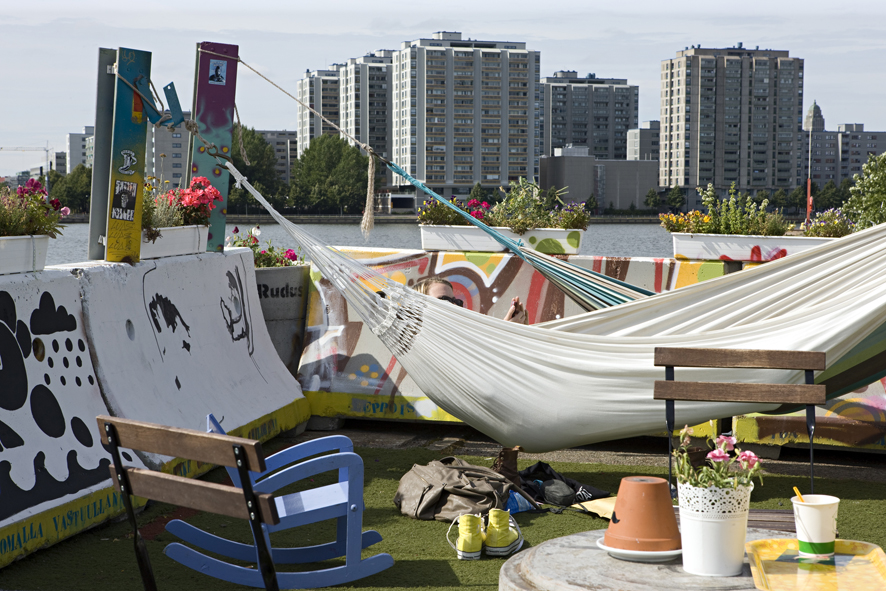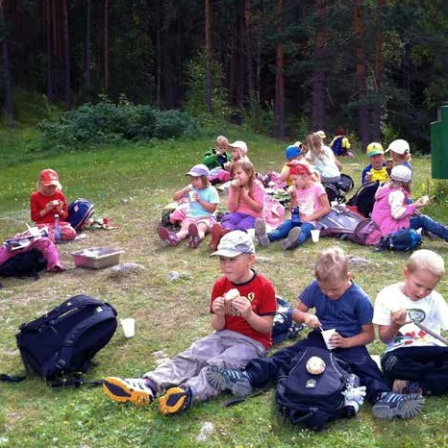Living conditions have traditionally held a key position in Finnish discussions about well-being, which has focused on material well-being and the basic needs of humans. It has been deemed important in Finland for all people to have a roof over their head, enough living space, and access to basic services close by. These basic needs are still important, but rapid change in society and increased wealth have emphasised the social and mental well-being of citizens. The built living environment has a major impact on these.
The increased wealth of Finnish society, liberalisation and rapid transformation in the past few years have thoroughly changed people’s everyday lives. Today, Finns have far more resources and options at their disposal than they did a few decades ago. As a result, many people have crammed their daily lives full of different activities, increasing the hectic pace of life and making it more difficult to manage.
Everyday life for families with small children, in particular, is often a near-chaotic rush between work, hobbies and domestic chores. The rapid change in society and increasing complexity has also added to the uncertainty and confusion felt by citizens, putting pressure on social relationships that are important for well-being. In addition, this profusion of change limits people’s ability to make sense of the surrounding world and control the significant aspects of everyday life. Modern society puts people’s mental capacity to the test.
Living environments have a significant impact on factors that are central for social and mental well-being. Environmental psychologists have shown the natural environment clearly affects the harmonising of humans’ minds and all-round health. People feel better if they have easy access to nature from their home or workplace. This does not require a large forest or desert; a park, a flowerbed or trees and plants that can be seen from the window work just as well.
Nature’s influence in promoting health is probably related to its coherence. As a result of evolution, nature possesses a harmony that does not stress the brain but helps it rest. This is what we should strive for as we develop built living environments: buildings that are in harmony with each other; clear street networks and traffic signs; visible landmarks and boundaries between neighbourhoods; and a reduction in the noise and bright lights that burden the mind. All these ease the mental load of everyday life and improve the well-being that people experience.
The built living environment also has an important effect on the spirit of community in daily life. Comfortable parks, pedestrianised streets and plazas enhance people’s interaction and social relationships in cities. Congested streets filled with cars have a reverse impact. Gardens, parks or vegetable patches that people maintain with others strengthen both social and mental well-being.
Finland has a good starting point for construction that is close to nature. We have a close relationship with nature, while Finnish architects have traditionally respected nature. Construction and use of shared city spaces can be promoted, too. New pedestrianised streets that have opened in many cities in the past few years are a good example of this.
Official regulation holds an important position in terms of the coherence of the living environment. Do we let all flowers blossom or do we cherish the harmonious general look of our living environments? Freedom is important for well-being, but so is the harmony of living environments. Sometimes it seems that the latter is not taken into consideration nearly enough.
This blog was originally published on the website of RYM Oy.




















Recommended